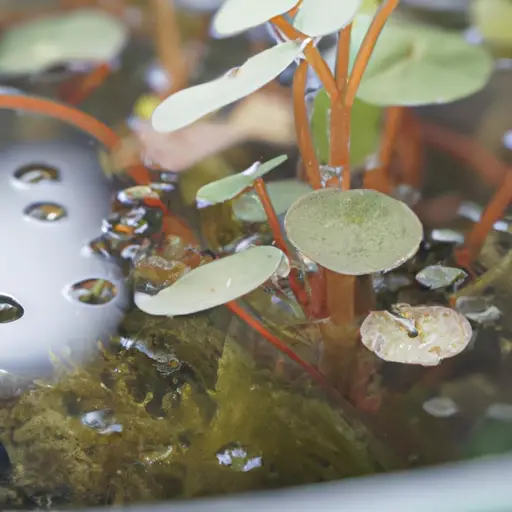Deep Dive into Aquatic Gardening: The Wonders of Water Plants in Containers
Gardening is not limited to land anymore. With the emergence of aquatic gardening, enthusiasts have found a new way to experience the wonders of nature. One particular aspect of this unique hobby is the cultivation of water plants in containers. This article will take a deep dive into the world of aquatic gardening and explore the mesmerizing beauty and benefits that water plants can bring when grown in containers.
Aquatic gardening involves creating a beautiful ecosystem within water-filled containers, such as pots, barrels, or even old bathtubs. These containers become miniature habitats for various water plants, providing them with everything they need to thrive – water, nutrients, and sunlight. This form of gardening allows individuals with limited space or access to a traditional garden to still enjoy the tranquility and aesthetics that plants bring.
One of the key benefits of growing water plants in containers is their versatility. Unlike traditional gardens, aquatic gardens can be created anywhere – on balconies, rooftops, or even indoors. This versatility makes them an ideal option for those living in urban environments or small apartments where outdoor space is scarce.
Water plants come in many different types and varieties, ranging from floating plants like water lilies and lotus flowers to submerged ones like oxygenating grasses and ferns. Each plant type contributes its own unique features and benefits to an aquatic garden.
Floating plants like water lilies create stunning displays on the surface of the water. Their vibrant flowers add a splash of color while their leaves provide shade for fish or other aquatic creatures living within the container. Additionally, these floating plants help reduce algae growth by shading the surface area from direct sunlight.
Submerged plants play a crucial role in maintaining a healthy aquatic ecosystem within containers. Oxygenating grasses and ferns produce oxygen through photosynthesis and help maintain balanced oxygen levels for fish or other living organisms within the container. They also reduce the amount of algae by consuming excess nutrients present in the water.
Water plants in containers offer several benefits beyond their aesthetic appeal. The presence of aquatic plants helps improve water quality by filtering out impurities and excess nutrients, making the water cleaner and healthier for any aquatic life present. These plants also serve as natural biofilters, converting harmful toxins like ammonia into less harmful substances.
Aquatic plants in containers can also help conserve water. As the plants grow, they naturally absorb excess water and slow down evaporation from the container’s surface. This reduces the need for frequent watering and allows for a more sustainable gardening practice.
Moreover, aquatic gardening can be a therapeutic experience. The sound of water gently flowing or the sight of colorful fish swimming among lush green foliage has a calming effect on our minds and bodies. Studies have shown that spending time near water gardens can reduce stress levels and improve overall well-being.
Creating an aquatic garden requires some basic knowledge and equipment. Start by selecting a suitable container – it should be large enough to accommodate the desired water plant species while leaving enough room for proper root growth. Ensure that the container has no holes or cracks to retain water effectively.
Next, choose appropriate aquatic plants based on your preferences and available space. Consider factors such as sun exposure, temperature requirements, and compatibility with other plant species or fish that you may want to include in your mini ecosystem.
Once you have selected your container and plants, fill it with clean tap water or rainwater, avoiding chlorinated water as it may harm delicate plant roots. You may need to incorporate a pond pump or fountain to provide circulation and oxygenation if you plan to maintain fish or other living creatures within the container.
Maintaining an aquatic garden requires regular care just like any other form of gardening. Monitor the health of your plants by inspecting leaves for signs of discoloration or pest infestation. Trim back overgrown foliage to encourage healthy growth while maintaining the balance between plants and water inhabitants.
In conclusion, aquatic gardening offers a unique and rewarding way to bring nature into our lives. Through cultivating water plants in containers, we can enjoy the beauty and benefits of aquatic ecosystems regardless of available space or location. From adding a touch of serenity to conserving water, the wonders of water plants in containers are truly remarkable. So dive into this fascinating hobby and create your own aquatic oasis for an enchanting experience.













